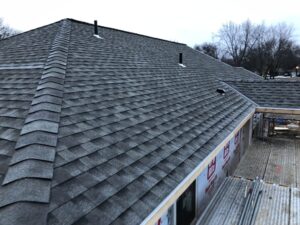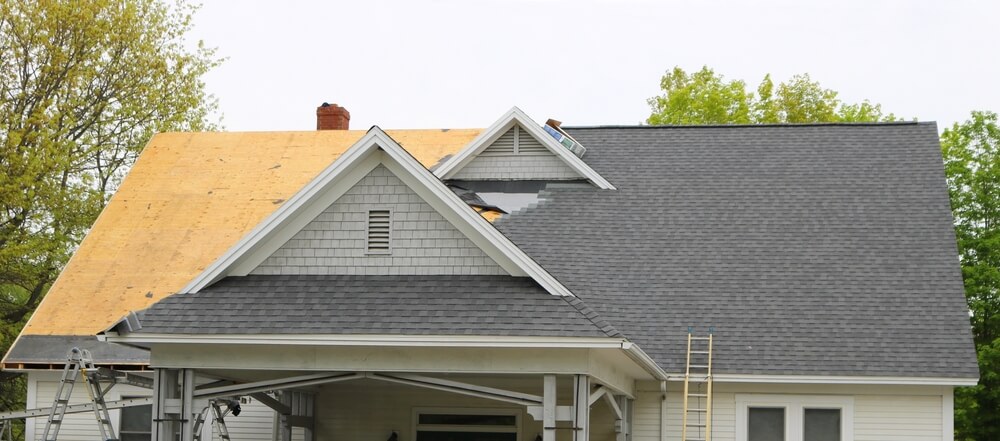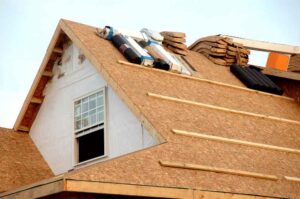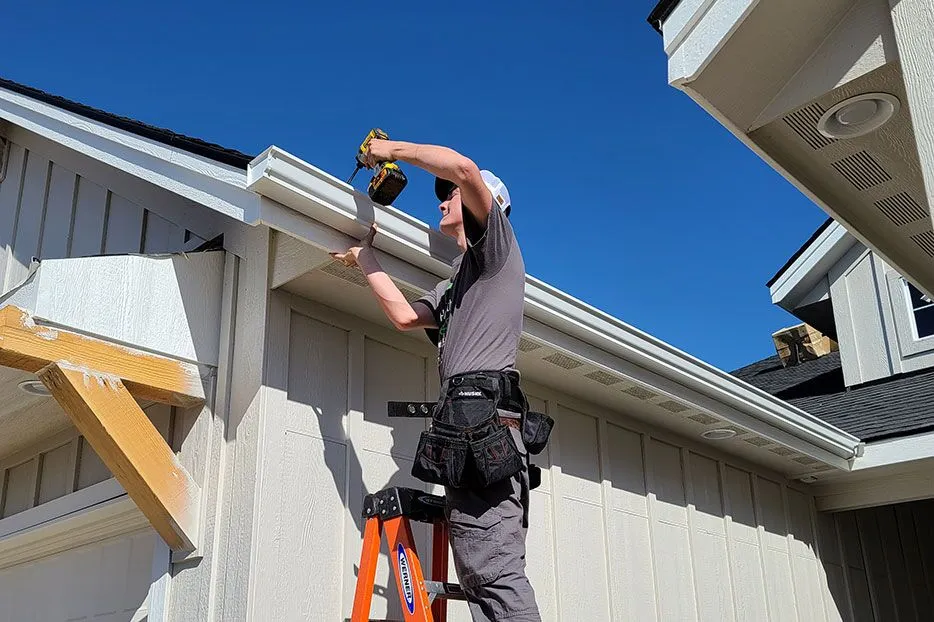Asphalt shingles are the most popular roofing material in North America, and for good reason. They offer durability, affordability, and aesthetic appeal, making them a top choice for homeowners and contractors alike. In this guide, we’ll explore everything you need to know about asphalt shingles, including their benefits, types, and installation process.
Benefits of Asphalt Shingles
 Affordability – Compared to other roofing materials like metal or tile, asphalt shingles are cost-effective, making them an ideal choice for budget-conscious homeowners.
Affordability – Compared to other roofing materials like metal or tile, asphalt shingles are cost-effective, making them an ideal choice for budget-conscious homeowners.
Variety of Styles and Colors – Asphalt shingles come in a wide range of colors, textures, and styles, allowing homeowners to customize their roofs to complement their homes’ exteriors.
Durability – High-quality asphalt shingles can last 20 to 30 years, with some premium options offering even greater longevity.
Ease of Installation – Asphalt shingles are relatively easy to install, making them a favorite among roofing contractors. Their lightweight nature reduces installation time and labor costs.
Weather Resistance – Many asphalt shingles are designed to withstand harsh weather conditions, including strong winds, heavy rain, and even hail.
Energy Efficiency – Some asphalt shingles come with reflective coatings that help reduce heat absorption, keeping homes cooler and reducing energy bills.
Types of Asphalt Shingles
Three-Tab Shingles – These are the most basic and budget-friendly option. They have a uniform shape and provide a clean, classic look.
Architectural (Dimensional) Shingles – These shingles have a multi-layered, dimensional appearance, offering enhanced durability and a more luxurious look.
Luxury (Designer) Shingles – These are the highest-quality asphalt shingles, designed to mimic the appearance of natural materials like slate or wood while providing superior durability and longevity.
Impact-Resistant Shingles – Designed for areas prone to severe weather, these shingles offer enhanced protection against hail and high winds.
Installation Process
Proper installation is key to ensuring the longevity and performance of asphalt shingles. Here are the main steps involved:
Preparing the Roof Deck – Ensure the roof deck is clean, dry, and properly sheathed to provide a solid foundation for the shingles.
Installing Underlayment – A waterproof underlayment is placed over the roof deck to add an extra layer of protection against moisture.
Adding Starter Shingles – These are installed along the eaves to prevent wind uplift and water infiltration.
Laying the Shingles – Shingles are installed in overlapping rows, starting from the bottom and moving upwards to ensure proper water runoff.
Sealing and Flashing – Flashing is installed around roof penetrations like chimneys and vents to prevent leaks.
Final Inspection – The completed roof is inspected for any gaps, loose shingles, or potential problem areas to ensure a secure installation.

Maintenance Tips for Asphalt Shingles
Regular Inspections – Check your roof at least twice a year and after major storms to identify any damage.
Clean Debris – Remove leaves, branches, and other debris that can trap moisture and lead to damage.
Address Moss and Algae Growth – Use a gentle cleaning solution or zinc strips to prevent moss and algae buildup.
Repair Damage Promptly – Replace missing or damaged shingles as soon as possible to prevent leaks and further damage.
Asphalt shingles remain a top choice for homeowners due to their affordability, durability, and aesthetic versatility. Whether you’re installing a new roof or replacing an old one, understanding the different types and proper installation techniques can help you make an informed decision. With proper maintenance, asphalt shingles can provide long-lasting protection for your home, making them a smart investment for any property owner.

 Spring and Summer: These seasons offer mild weather, making installation easier and more efficient. Summer is ideal, but early scheduling is essential as it’s a busy season for roofers.
Spring and Summer: These seasons offer mild weather, making installation easier and more efficient. Summer is ideal, but early scheduling is essential as it’s a busy season for roofers.